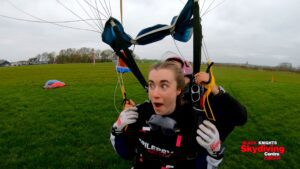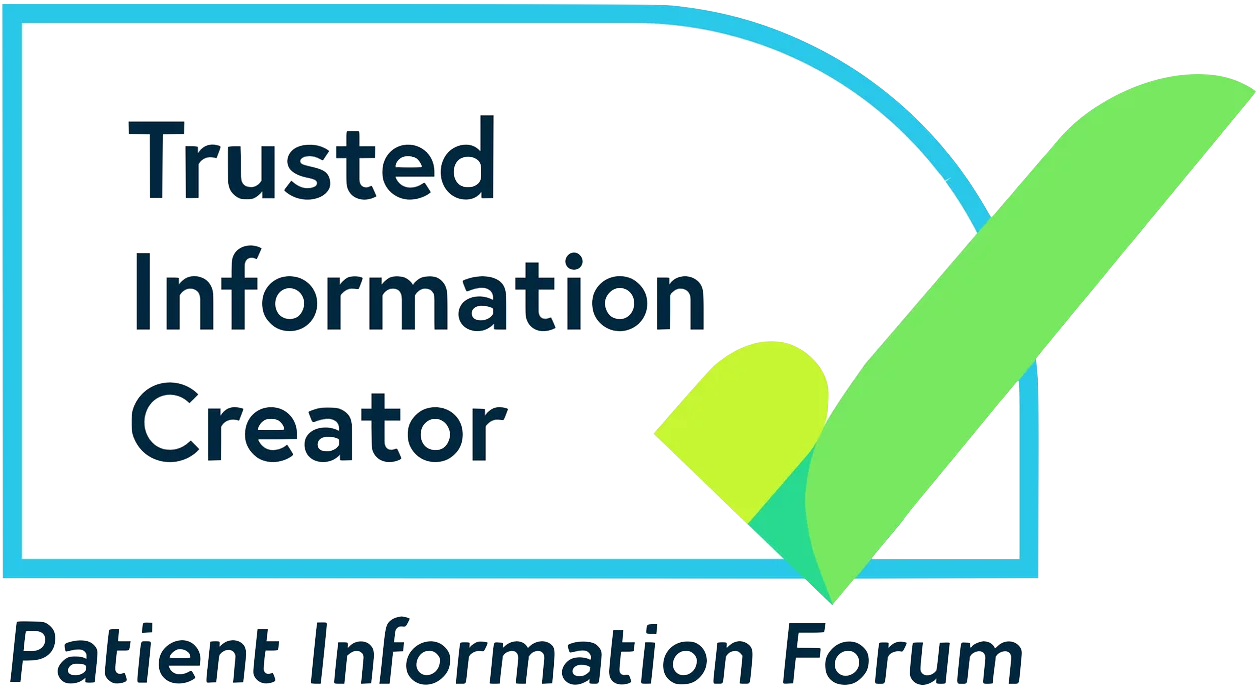What would you like to find out today?
Who gets gelastic seizures with hypothalamic hamartoma?
This is very rare and affects around 1 in every 200,000 children and young people. It usually starts in the first year of a child’s life, although in some cases it can begin in early to mid-childhood.
The condition is caused by a small (non-cancerous) growth, called a hamartoma, in a part of the brain called the hypothalamus. The hypothalamus is a small but important area of the brain that controls many basic life functions using our senses. The word ‘gelastic’ comes from ‘gelos’ – which is the Greek word for laughter.
Gelastic seizures can sometimes happen in other types of epilepsy. This includes epilepsy that comes from the temporal and frontal lobes of the brain. This information is specifically about the syndrome gelastic seizures that occur in hypothalamic hamartomas.
The hamartoma (growth) that causes this condition is something that your baby is born with. There isn’t usually any known reason why this should develop in your baby. This condition does not run in families. However, around 1 in 20 children who develop gelastic seizures with hypothalamic hamartoma have a genetic condition called Pallister Hall syndrome. This is an extremely rare condition and can be diagnosed with a genetic blood test.
Symptoms
Children with this syndrome get a type of focal seizure called gelastic seizures. A focal seizure means it starts in just one area of the brain. Your child may have several of these seizures a day, and they often come in clusters.
The main feature of gelastic seizures are episodes of uncontrollable laughing. The laugh is not caused by your child being happy or joyful. The laughter sounds different to your child’s usual laughter. It is often described as being hollow or mechanical and not linked to any happiness or joy. Sometimes the laughter may sound normal, but it’s out of place or at an inappropriate time. The episode usually lasts less than 30 seconds and stops suddenly.
Some children get other symptoms during a gelastic seizure that are more typical of focal seizures. These can include:
- Looking flushed
- Increased heart and breathing rate
- Eyes and head moving to one or the other side
- Small, repetitive movements, such as lip-smacking, mumbling or fidgeting with their hands. These are sometimes called ‘automatisms’
Some children may also have seizures that cause crying, sobbing, frowning or yelling that is out of place. These are called dacrystic seizures. Older children sometimes get a feeling or ‘aura’ that they’re about to have a seizure before it starts.
As your child gets older, they may start to get other symptoms and other types of seizures too. These can include:
- Impaired awareness focal seizures
- Tonic-clonic seizures
- Atonic seizures
- Atypical absences
If your child has a hypothalamic hamartoma, they may also have precocious puberty. This means they start puberty much earlier than normal – before the age of 8 in girls and 9 in boys.
Over time, children with this syndrome often start to develop learning difficulties and delays in their development. Behavioural problems are also common, and these can get worse over time. Behaviour problems can include aggression and mood swings.
Diagnosis
It can be hard to recognise gelastic seizures in babies and young children. The episodes of laughter can be mistaken for normal laughter, or confused with other problems, including behavioural or emotional disorders. This may cause a delay in the diagnosis.
Your child should see a specialist doctor called a paediatrician if they’re being assessed for epilepsy. It will be helpful if you can show the specialist a video of your child’s laughing episodes.
The paediatrician will suggest some tests to confirm a diagnosis. This will include an EEG (electroencephalogram), which records the electrical activity in the brain. The EEG is usually normal for children with gelastic seizures. But if they develop other types of seizures later on, it might show these. Gelastic seizures with hypothalamic hamartoma can only really be diagnosed with an MRI (magnetic resonance imaging) brain scan. This should show up the growth (hamartoma) in the affected area of your child’s brain. The paediatrician will also refer your child to a specialist, called a paediatric neurologist.
Treatment
If your child has early puberty, your paediatrician will be able to prescribe medicines to lower their hormone levels to pause or delay puberty.
Your child’s doctor may offer epilepsy medicines to try to stop their seizures. However, although one or most medicines may work for a time, it is unlikely that they will stop all the seizures. This is because gelastic seizures are hard to control.
Surgery is the most likely treatment that will control the seizures. The surgery removes the hamartoma. If surgery is successful, it may completely control your child’s seizures, and also stop any learning and behaviour problems. If you’re considering surgery, your child will need to be referred by the paediatrician or paediatric neurologist to a specialist centre through the Children’s Epilepsy Surgery Service (CESS).
More support for parents
If your looking for more information on caring for a child with epilepsy or resources to help support your child, please check out the your child’s epilepsy page.
Outlook
Without treatment, gelastic seizures with hypothalamic hamartoma tend to get worse over time. Most children start to get different types of seizures, as well as more learning and behaviour problems. This usually happens between the ages of 4 and 10. However, successful surgery can help with both seizure control and behavioural and learning problems.
Your child’s doctor can talk to you about the best treatment options for your child. They can also give you advice about getting support with learning difficulties and behaviour problems if needed.
Support
Contact – for families with disabled children
Freephone helpline: 0808 808 3555
Email: helpline@contact.org.uk
National Organization for Rare Disorders (NORD)
NORD have a rare disease database with more than 1,200 rare disorders. You can explore information on symptoms, causes, treatments, clinical trials, and sources of help.





